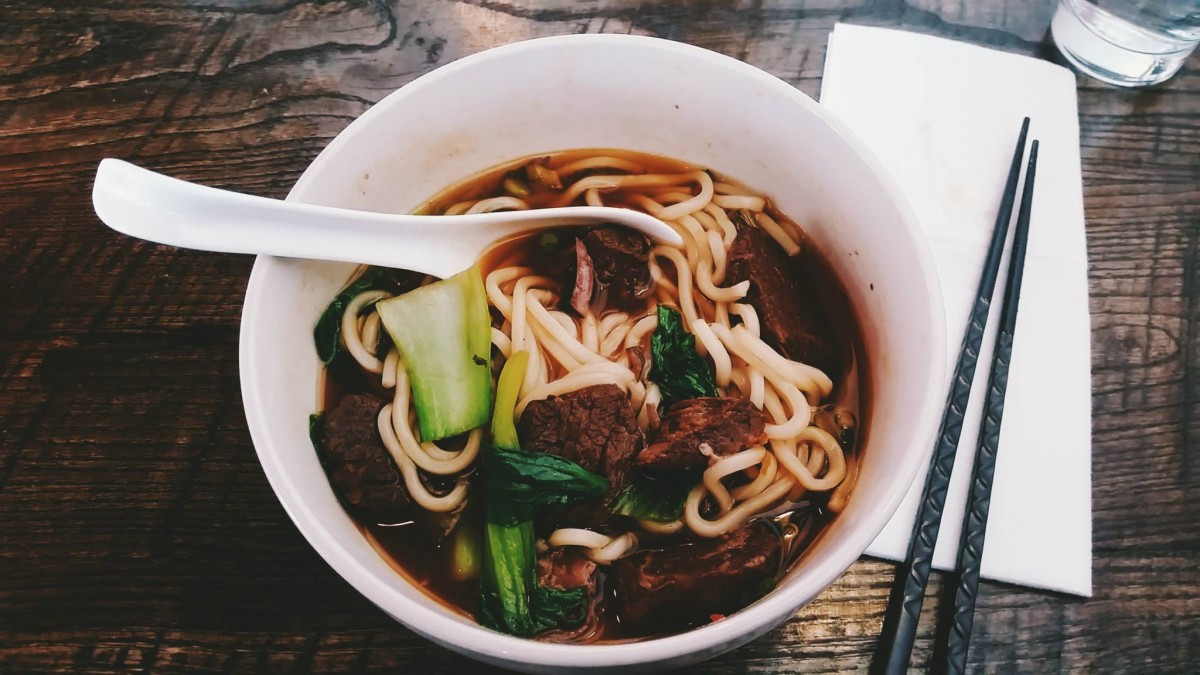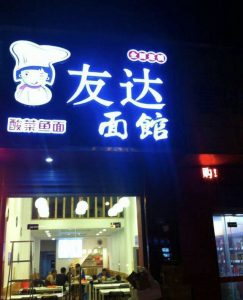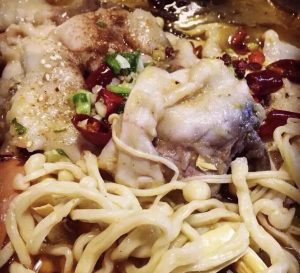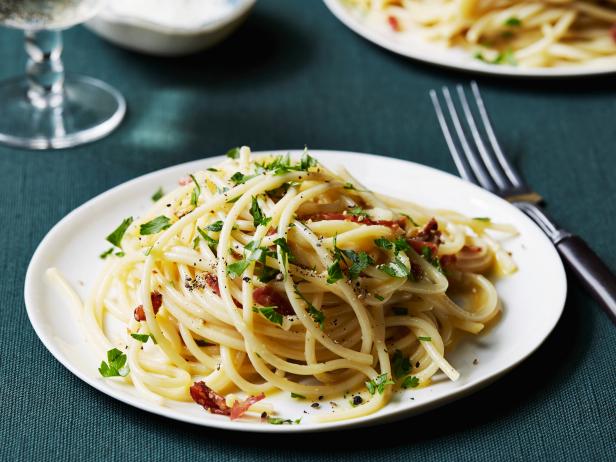Questions:
- When and why did you go to US?
- Do you like noodles, do you cook noodles?
- Do you remember experience about noodles when you were a kid?
- Did you still eat noodles after you went to US?
- Besides Chinese noodles, did you also eat other kinds of noodles?
- When and why did you come back to China?
- After you come back, did you notice any changes about noodles?
- Do you still eat Mac and chees now?
- Why?
- Many thing changes, what does not change?
The name of my interviewee is Ms. May. She was born in Beijing but she spent seven years in the U.S to work and study. Just like most of the Chinese, she considers noodle as a key part of her diet and the Chinese food culture. She has experienced the changes of the noodle culture of China in the past 40 years. It is a great pleasure to have Ms. May as my interviewee and her story reflects the cultural changes of Chinese food.
Ms. May was born in the 60s. When she was a child, China was still greatly undeveloped, where the both the type and quantity of food were spare. Because of that, the government need to manipulate the quantity of food purchased by each individual. Under such circumstances, there was no noodle sold in grocery stores. Instead, each family bought flower and handmade noodles themselves. Unlike potatoes and Chinese cabbage which is plenty in quantity, flower was spare and expensive, and is consider as luxury food. Because of that, the product of flower – noodle was not something you were able to eat every day, and the noodle made by each family tended to be short. Only during spring festival or birthday was Ms. May able to taste such luxury food. Thus, noodle was associated with happiness for Ms. May in her childhood. Much like that for Ms. May, during the undeveloped era of China, noodle is luxurious and was often associated with happiness and holiday spirits for most people.
As the economy of China became more and more developed, the status of noodle in food culture changes gradually. Although still associated with special occasions, noodle was no longer consider rare and luxury. The excitement you got when your family was making noodle faded. Noodle officially became a key part of Chinese people’s common everyday diet. As noodle became more and more common, people were able to buy fresh noodle at grocery stores like other food. During the 70s and 80s, China started to become industrialized. A lot of product that was used to be made by hand started to be able to be produced by machine, including noodle. The noodles that were sold in stores were often made by machine. Also because flower supply grew, noodle was able to be made longer and longer. People started to associate long noodle with long life. During people’s birthdays, they eat exceptionally long noodle name ‘Long-Life Noodle’, which carries the wishes of having a lone life. As an essential part of the Chinese people’s food culture, noodle is also associated with other Chinese traditional holidays. Every year’s Summer Solstice, Ms. May’s mom would made noodle for the whole family. It’s a tradition that Chinese people eat noodles on Summer Solstice.
During the 90s, Ms. May went to the United States for career reason. During the time she was in the U.S, her habits of eating noodles changes. In the United States, it was hard for Ms. May to buy fresh handmade noodles, so instead she bought dry Chinese noodles. It is a kind of fast food that you can get in Chinese supermarket. Although not as tasty as fresh handmade noodle, according to Ms. May, dry noodles can be preserved longer and is more convenient. During her stay in United States, Ms. May’s diet was also affected by American culture. A new kind of noodle was introduced to her for the first time – Mac and Cheese. She started to make Mac and Cheese for her sons and they liked it. The habit of eating macaroni preserved after she came back to China but was modified. Ms. May found that macaroni is more delicious with Chinese sauce, so she often ask her mom to make Chinese egg and tomato sauce with macaroni. It’s an interesting kind of combination of two different cultures.
As China became more and more developed, the food culture changes once again – people not just pursue the taste of the food but started to value the healthiness. In the past, Chinese people preferred fine noodle that is made by white processed flower. ‘Only rich people were able to afford white noodles’ according to Ms. May. However, after she came back from the U.S., Ms. May found that people started to consume more and more whole wheat noodles. As the quality of Chinese people’s daily life rises, they start to consume more healthy food. Grocery stores start to sell potato noodles or whole wheat noodles. Ms. May found that the healthy noodles are just as tasty as the white noodles.
Over the past 40 years, China changes a lot. Accordingly, Chinese people’s food culture changes a lot. The way noodle is treated changes over time. However, no matter what changes, noodle is still and always will be a key part of Chinese food culture.
Interview Youtube link: https://youtu.be/q7qmSwL5VgA








